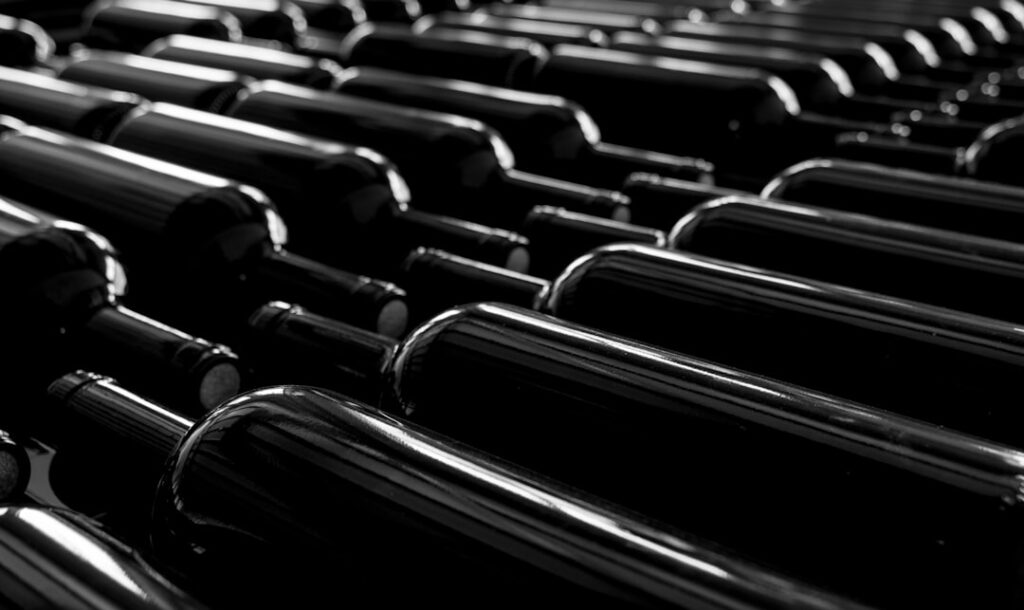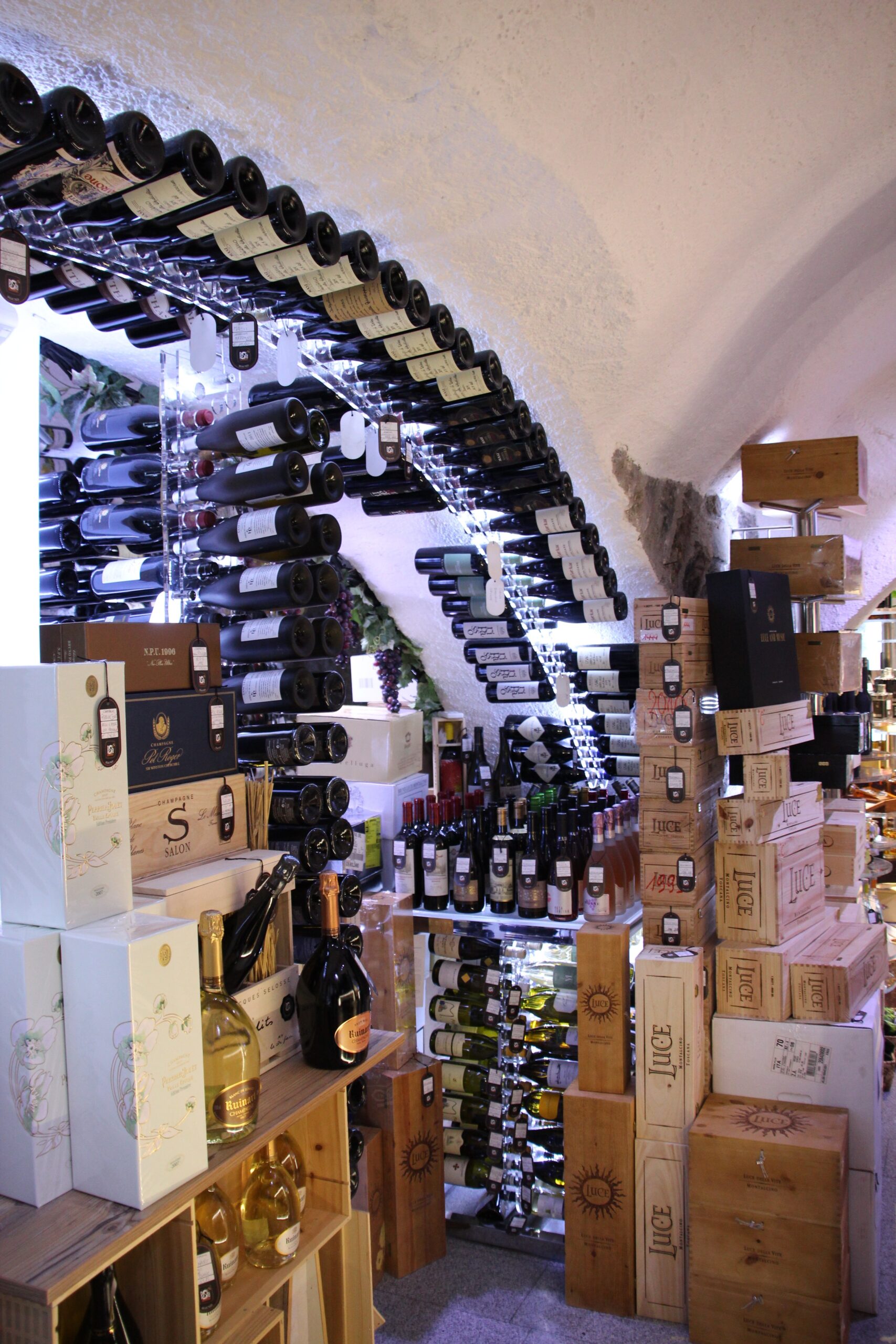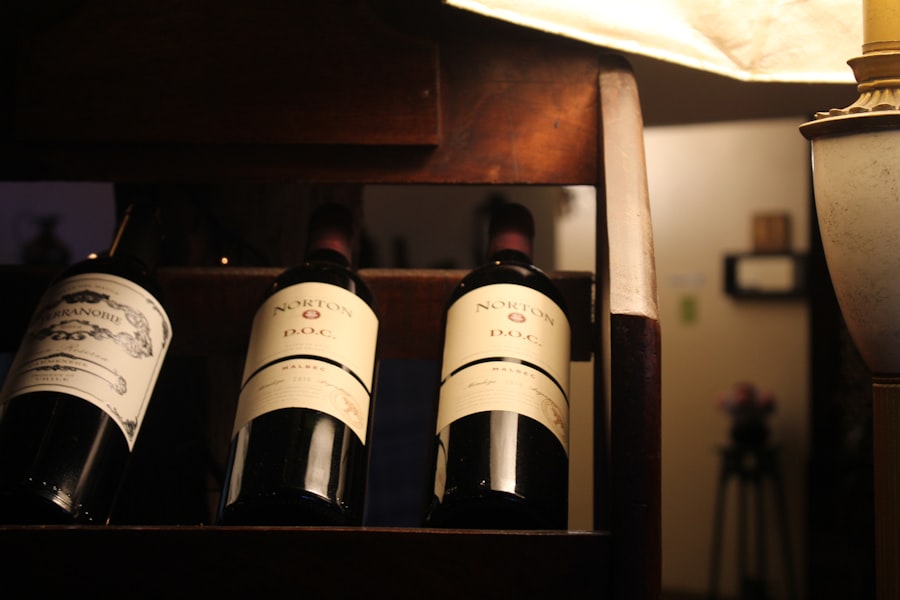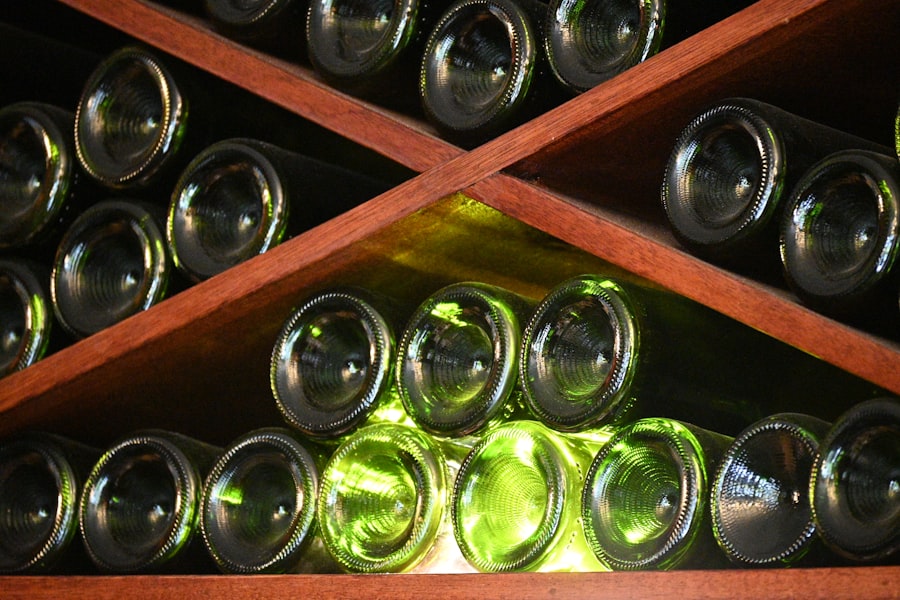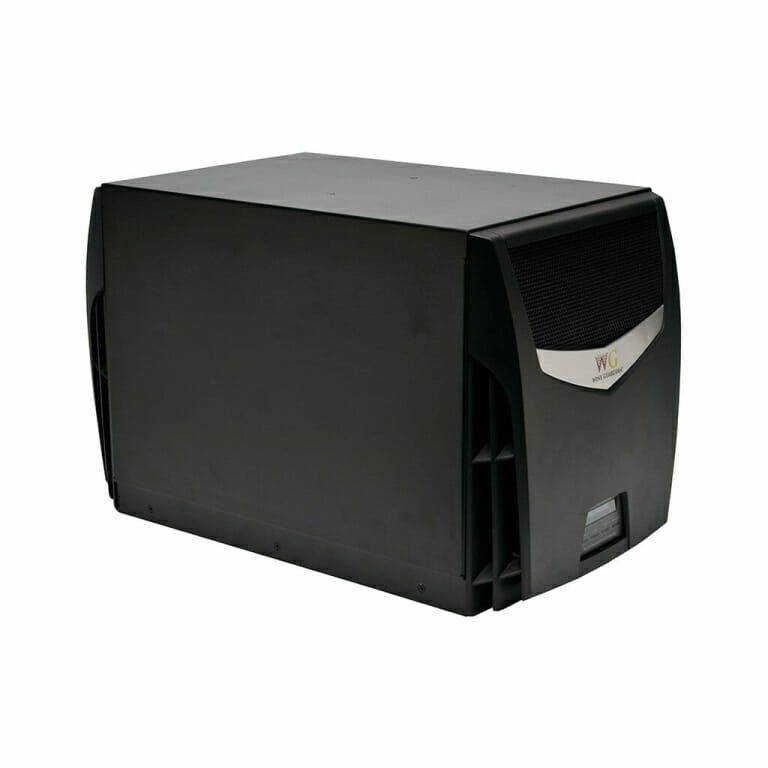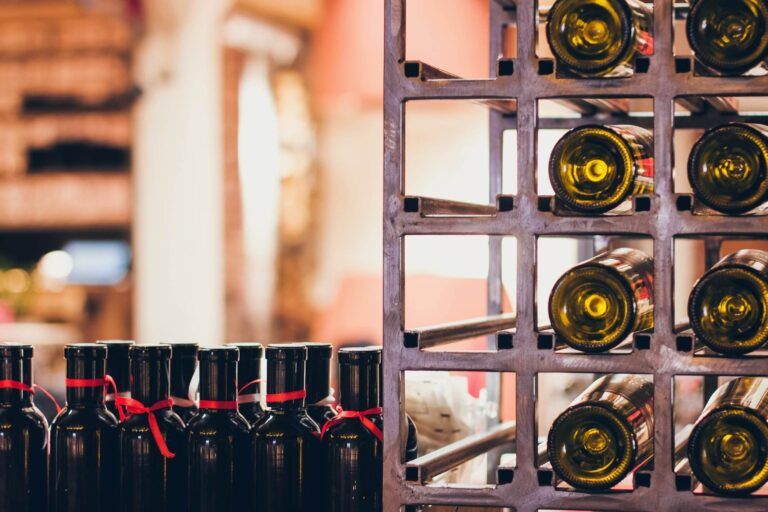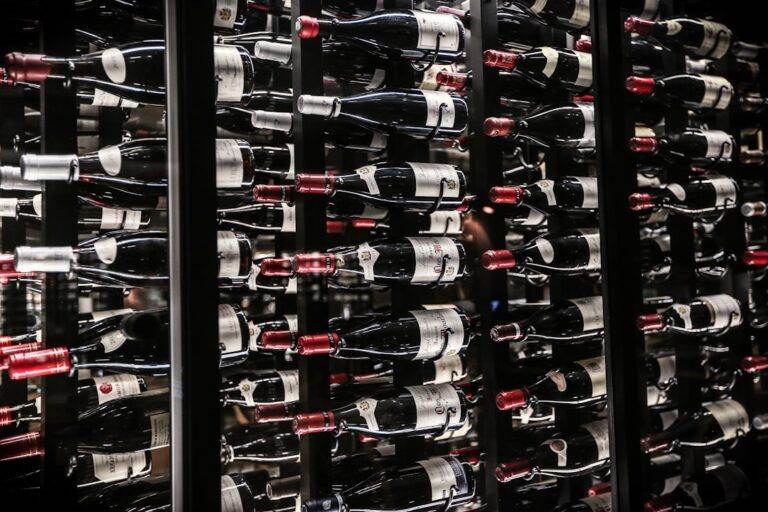Optimal bottle angle to keep corks wet in dry East Bay summers
Corks play a crucial role in the preservation of wine, acting as a barrier that protects the liquid from external elements while allowing for a small amount of air exchange. This delicate balance is essential for the aging process, as it helps to develop the wine’s flavors and aromas over time. When corks dry out, they can shrink, leading to oxidation and spoilage.
A dry cork can also allow unwanted contaminants to enter the bottle, compromising the wine’s integrity. Therefore, maintaining the moisture content of corks is vital for ensuring that your wine remains in optimal condition. Keeping corks wet is particularly important for long-term storage.
As wine ages, it undergoes various chemical reactions that enhance its complexity and character. However, these processes can be disrupted if the cork dries out. A compromised cork can lead to leakage or even complete evaporation of the wine, resulting in a loss of both quality and quantity.
For wine enthusiasts and collectors, understanding the significance of cork moisture is essential for preserving their investments and enjoying the full potential of their collections.
Key Takeaways
- Keeping corks wet is crucial for preserving the quality of wine and preventing oxidation.
- Dry East Bay summers can have a significant impact on wine storage, leading to evaporation and potential cork shrinkage.
- Factors such as temperature, humidity, and bottle angle should be considered when storing wine in dry climates.
- Maintaining the optimal bottle angle can help keep corks wet and prevent air from entering the bottle.
- To preserve wine in East Bay summers, it’s important to control temperature, humidity, and light exposure, and consider innovative storage solutions.
Understanding the Effects of Dry East Bay Summers on Wine Storage
The East Bay region experiences hot, dry summers that can pose significant challenges for wine storage. The low humidity levels typical of this climate can lead to rapid evaporation of moisture from corks, increasing the risk of oxidation and spoilage. As temperatures rise, the internal pressure within wine bottles can also fluctuate, potentially causing corks to dislodge or break down.
This combination of factors makes it imperative for wine collectors in the East Bay to take proactive measures to protect their collections during the summer months. Moreover, the dry climate can exacerbate other issues related to wine storage. For instance, fluctuations in temperature can lead to thermal expansion and contraction of the wine inside the bottle, which may affect its overall quality.
Additionally, prolonged exposure to high temperatures can accelerate the aging process, resulting in wines that may not reach their full potential. Understanding these effects is crucial for anyone looking to maintain a well-preserved wine collection in the East Bay.
Factors to Consider When Storing Wine in Dry Climates
When storing wine in dry climates like the East Bay, several factors must be taken into account to ensure optimal conditions. First and foremost is humidity control. Ideally, wine should be stored in an environment with humidity levels between 50% and 70%.
This range helps keep corks moist while preventing mold growth on labels and corks. In dry climates, achieving this level of humidity may require additional equipment, such as humidifiers or specialized wine storage units designed to maintain consistent moisture levels. Temperature is another critical factor in wine storage.
Wines should be kept at a stable temperature, ideally between 55°F and 65°F. Fluctuations in temperature can lead to premature aging and spoilage. In dry climates, it is essential to monitor temperature closely and invest in temperature-controlled storage solutions if necessary.
Additionally, light exposure should be minimized, as ultraviolet rays can degrade wine quality over time. Dark storage areas or UV-filtered glass are effective ways to protect your collection from harmful light exposure.

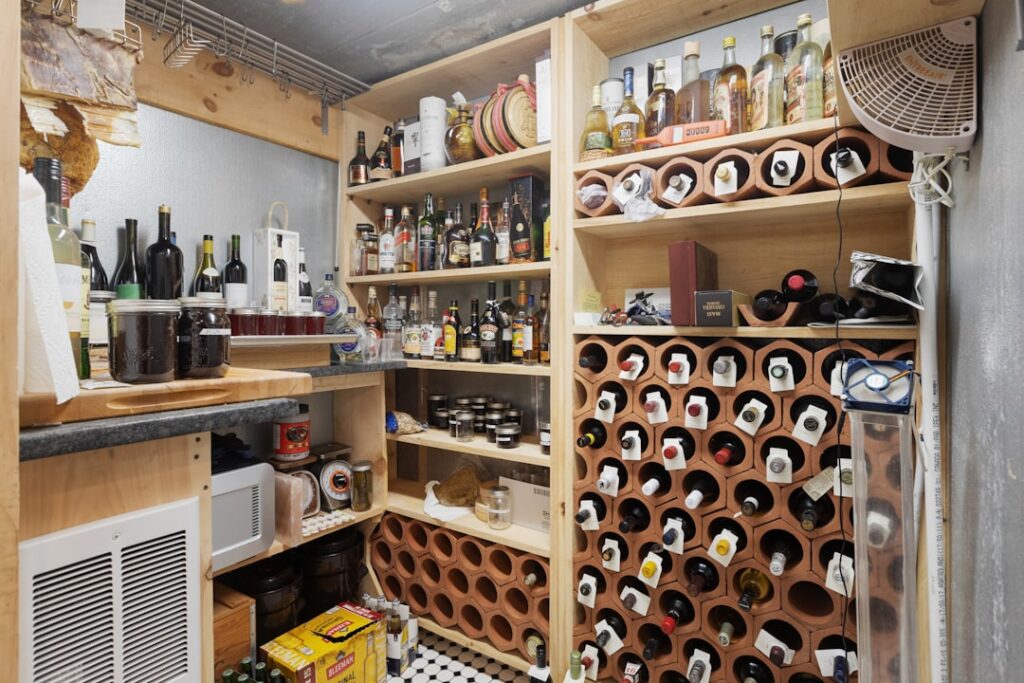

Exploring the Optimal Bottle Angle to Keep Corks Wet
The angle at which wine bottles are stored can significantly impact cork moisture levels. Storing bottles horizontally is generally recommended for wines sealed with corks, as this position keeps the cork in contact with the wine. This contact is essential for maintaining cork moisture and preventing it from drying out.
When bottles are stored upright, the cork may become exposed to air, leading to drying and potential spoilage. In addition to keeping corks moist, horizontal storage also helps prevent sediment from settling at the neck of the bottle, which can be particularly important for older wines that may have developed sediment over time. By ensuring that the cork remains wet and that sediment is properly managed, collectors can enhance their chances of enjoying a high-quality pour when it’s time to open a bottle.
Tips for Maintaining Proper Wine Storage Conditions in East Bay Summers
To effectively maintain proper wine storage conditions during East Bay summers, several practical tips can be implemented. First, consider investing in a dedicated wine refrigerator or cellar that offers temperature and humidity control features. These units are designed specifically for wine storage and can help mitigate the effects of external climate conditions.
Another effective strategy is to use humidity-boosting materials within your storage area. Placing shallow trays filled with water or using damp sponges can help increase humidity levels around your wine bottles. Additionally, regularly monitoring both temperature and humidity with reliable gauges will allow you to make adjustments as needed to ensure optimal conditions.
Creating a stable environment is also essential; avoid placing your wine storage unit near heat sources such as radiators or direct sunlight. Instead, choose a cool, dark area of your home that remains consistently temperate throughout the day. By taking these steps, you can significantly improve your chances of preserving your wine collection during the challenging East Bay summer months.
The Role of Humidity in Preserving Wine Quality
Humidity plays a pivotal role in preserving wine quality by directly affecting cork integrity and overall storage conditions. As previously mentioned, maintaining appropriate humidity levels helps keep corks moist and prevents them from drying out. When corks remain adequately hydrated, they create a tight seal that protects the wine from oxidation and spoilage.
Moreover, humidity levels also influence other aspects of wine storage. High humidity can prevent labels from deteriorating or becoming moldy, which is particularly important for collectors who value both the aesthetic and resale potential of their bottles. Conversely, excessively high humidity can lead to mold growth on corks and labels, which may compromise the quality of the wine itself.
Striking a balance between too much and too little humidity is essential for preserving both the physical integrity of the bottles and the quality of their contents.
Innovative Solutions for Wine Storage in Dry Climates
As technology advances, innovative solutions for wine storage in dry climates have emerged to help collectors maintain optimal conditions for their collections. One such solution is the use of smart wine cellars equipped with sensors that monitor temperature and humidity levels in real-time. These systems can send alerts to owners if conditions deviate from desired parameters, allowing for immediate corrective action.
Another innovative approach involves using specialized packaging materials designed to regulate humidity levels within individual bottles or cases. These materials can absorb excess moisture when humidity levels are high or release moisture when conditions are too dry, creating a more stable environment for each bottle. Additionally, some companies offer modular wine storage systems that allow collectors to customize their storage solutions based on available space and specific climate challenges.
Ensuring the Longevity of Your Wine Collection in East Bay Summers
In conclusion, preserving a wine collection during East Bay summers requires careful consideration of various factors such as humidity control, temperature stability, and proper bottle orientation. By understanding the importance of keeping corks wet and recognizing the unique challenges posed by dry climates, collectors can take proactive steps to safeguard their investments. Implementing practical tips such as investing in dedicated storage solutions, monitoring environmental conditions, and utilizing innovative technologies will go a long way toward ensuring that wines remain in peak condition for years to come.
Ultimately, with thoughtful planning and attention to detail, wine enthusiasts can enjoy their collections while ensuring that each bottle retains its quality and character throughout its aging journey.
FAQs
What is the optimal bottle angle to keep corks wet in dry East Bay summers?
The optimal bottle angle to keep corks wet in dry East Bay summers is to store the bottles on their sides, with the wine in contact with the cork. This helps to keep the cork moist and prevents it from drying out.
Why is it important to keep corks wet in dry East Bay summers?
It is important to keep corks wet in dry East Bay summers to prevent them from drying out and shrinking, which can lead to air seepage into the bottle and spoilage of the wine.
What are the consequences of not keeping corks wet in dry East Bay summers?
If corks are not kept wet in dry East Bay summers, they can dry out and shrink, leading to potential air seepage into the bottle and spoilage of the wine. This can result in a loss of flavor and quality of the wine.
Are there any specific storage recommendations for wine in dry East Bay summers?
In dry East Bay summers, it is recommended to store wine in a cool, dark place with consistent temperature and humidity. Storing wine on its side with the cork in contact with the wine is also important to keep the cork moist.
How can I maintain the optimal bottle angle to keep corks wet in dry East Bay summers?
To maintain the optimal bottle angle to keep corks wet in dry East Bay summers, store your wine bottles on their sides in a wine rack or cellar. It is also important to monitor the humidity levels in the storage area to ensure the corks remain moist.
